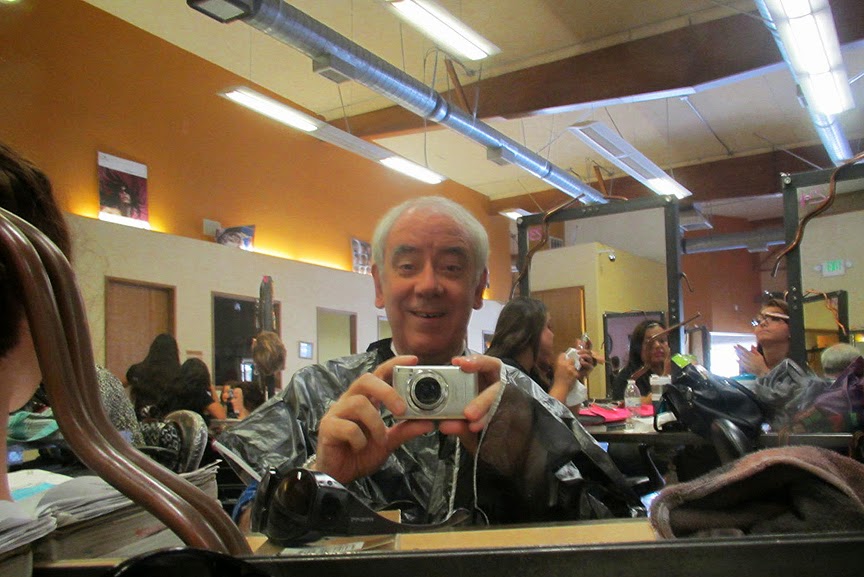Long time readers of this blog know how much I like melodrama. The time travel story I just posted was heavily influenced by it. For me it means creating stories out of elements that have sure-fire audience appeal. If people naturally like to see romance and swordfights, if they love to cheer on a hero and boo the villain, if they have a sentimental attachment to beloved pets...then the melodramatist tries to fit those elements in.
A story like that can be the cheesiest daytime soap opera or it can be Macbeth. It depends on the skill of the writer.
Anyway, if you like that medium you might be curious about how it started...or rather how the popular modern incarnation of it started. Here's how one internet source describes it.
The story begins in the 1780s with a young French aristocrat named Pixerecourt.
Pixerecourt was young and well off and his father had just bought an estate that would have qualified him as an aristocrat. The boy had no aspirations beyond chasing women and wearing nice clothes. Life was good and he hadn't a care in the world. Then came the French Revolution and he and his family were tossed out into the snowflakes.
I don't know what happened to his family, but Pixerecourt's life became a horror. With no money and no way to make a living he had to wander from town to town trying to pass himself off as a peasant. The police were on his trail, and anybody he met might have turned him in.
He had lots of adventures where he was hunted like an animal and nearly starved. Finally he met an old friend who, at great risk to himself, got Pixerecourt a low level clerk's job under an assumed name. Desperate for money, Pixerecourt tried to pay back the friend by writing a play and selling it to one of the local theatres. Sell it he did, and to his surprise the public lined up around the block to see it. It was a hit. In order to explain why I have to digress for a moment.
After Shakespeare's time fictional villains had fallen into disrepute. The Baroque era was ushered in and with it the belief that a man becomes good by surrounding himself with with positive things like art (above) and finery. Dwelling on the dark thoughts of villains was considered morbid and perilous to virtue. Baroque drama centered around misunderstandings, not evil, and comedy became popular.
Back to Pixerecourt: he wasn't trying to innovate. He just wanted to write a popular drama. The problem was that he had seen nothing but the darkest side of life since he left home and was still living under the threat of discovery by murderous fanatics. He wrote about villains because that's all he knew. It evidently struck a chord with the audience, who'd had plenty of brushes with evil themselves.
I wish I could say that Pixerecourt had a life of ease afterward but that wasn't the case. His plays brought him to the attention of the authorities who did everything they could to capture him. Later he was drafted into the revolutionary army which apparently didn't know about his background. I don't know how his later life played out but one of his plays, The Dog of Montargis (usually spelled differently than it is on the poster), became a staple of theatre in the 19th Century and was a favorite of Charles Dickens.

Here's (above) a statue that commemorates the play, and which still stands in the real-life town of Montargis. In the play a popular nobleman is killed by a jealous courtier in the forest. The killer might have gotten away with it but the victim's dog recognizes him and attacks him at every opportunity. The killer pleads with the law to have the dog put down, but the king declares that justice would only be served by a Trial by Ordeal. The murderer must fight with the dog to the death. Needless to say, it's a melodrama so the murderer loses.
Incidentally, how did anyone ever stage this play? Even with a trained dog the actor playing the murderer must have gotten some serious bites. And what would happen if someone in the audience brought their cat to the play?
So that's how modern melodrama began. Someone had to risk his life so that we could have soap operas and stories about faithful pets who rescue their masters from drowning in icy rivers.
Fascinating, eh?
.



























































